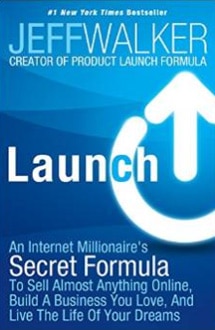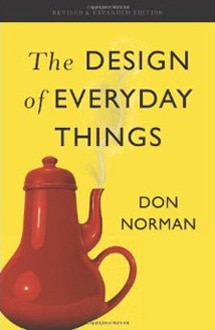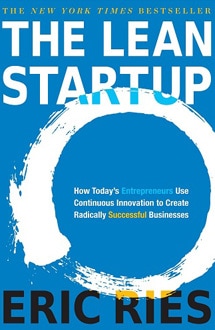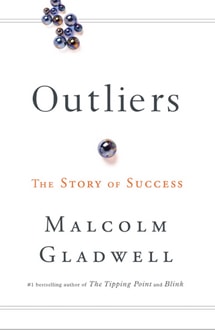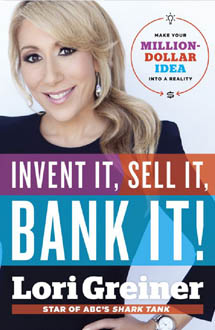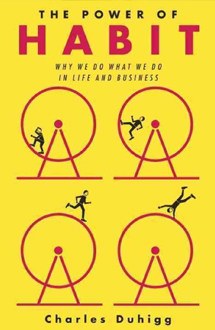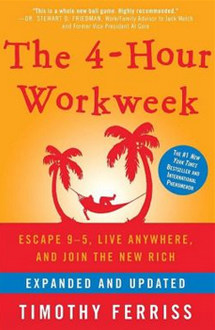 In the new version of 4-hour Workweek – Escape 9-5, Live Anywhere, and Join the New Rich, author Timothy Ferriss has updated and expanded his bestselling book to illustrate how we can make his classic principles work in our new economy. For his new edition, Ferriss field tested his ideas and came up with additions to the original text that include, testimonials as well as topics made popular by the book’s accompanying blog, Fourhourblog.com
In the new version of 4-hour Workweek – Escape 9-5, Live Anywhere, and Join the New Rich, author Timothy Ferriss has updated and expanded his bestselling book to illustrate how we can make his classic principles work in our new economy. For his new edition, Ferriss field tested his ideas and came up with additions to the original text that include, testimonials as well as topics made popular by the book’s accompanying blog, Fourhourblog.com
The original book was published in 2007 and became a #1 New York Times, Wall Street Journal, and Business Week Bestseller and has been read in over 35 countries. 4-Hour Workweek offers people a glimpse at how to use Ferriss’ principals of lifestyle design to find success by uncommon methods in our uncertain economy. The new addition of real-life success stories act as templates to success, giving readers results they can follow.
One of the highlights of this new edition is in fact the section that details real-life success stories that the author took from over 400 pages of stories submitted by readers who found success from applying the principles of 4-Hour Work Week. The additional updates and expansion further help readers adapt their goals to fit the new and uncertain economy. Ferriss notes that there is no better time than now to try an uncommon method, asking readers to ask themselves, “what’s the worst that could happen?”
Introduction
The updated and expanded version of 4-hour workweek includes an introduction to the changes that were made, along with a section that details to readers why they need this book and what it can do for them. The book is broken down into useful sections that were part of the original text, and finishes with a section called Best of the Blog and Living the 4-Hour Work Week: Case Studies, Tips, and Hacks.
Step 1 – Definition
4-Hour Workweek’s guides readers through a four- step process. The first step is Definition, in which Ferriss discusses the details between the “new rich” and the “deferrers”, or those who do things in the traditional way. Ferriss details their different goals, and the different ways they look to achieve them.
Step 2 – Elimination
The second part of this 4- step process is Elimination. Here, the author shares ways that readers can and have eliminated the chase-your-tail cycle of endless time management and busy work and liberate themselves from the office environment with the end goal of either becoming an invaluable employee with the ability to lock down a raise and a remote working arrangement, or by being an entrepreneur who will perform less hours of work while increasing their profits.
Step 3 – Automation
Automation comes in next and details a way in which people can achieve more in less time by out-sourcing tasks, and finding “your muse” or the business that will allow will eventually run itself. Instructions on testing your model, and finally, management by absence complete this section. Through “management by absence” Ferriss suggests that to truly find liberation from classic business models, one should turn a blind eye to information that suggests ways to deal with the human element of businesses, and rather eliminate the human element altogether.
In essence, this chapter is “not for people who want to run businesses, but for those who want to own businesses and spend no time on them.” PPC, or Pay-per-click businesses are a large part of Ferriss’ model for this type of work throughout the book. This section ends with “The 4-Hour Workweek virtual Architecture”, a diagram and discussion of the model and how it works.
Step 4 – Liberation
Step 4 of the book is entitles Liberation. Here, Ferriss talks about how to get out of the office environment, and make adjustments to priorities and goals in order to best enjoy, and get the most out of, your new found time, that used to spent sitting in an office.
New & Added Sections
The 4-Hour Workweek, Expanded and Updated follows up the original steps with a “Best of the Blog” section where topics cover anything from how to travel efficiently, bad habits to lose, to increasing profitability, and new ideas on email management.
In another expansion, “Living the 4-Hour Workweek: Case Studies, Tips, and Hacks,” readers can see real-life results of those who have implemented the skills and ideas in 4-hour workweek and increased their profitability and decreased their work time to include only those things that they love to do.
The new updated edition finishes with a recommended reading section, as well as bonus samples of works that have been inspired by the principles in The 4-Hour Workweek; 4-Hour Chef and 4-Hour Body.
The updates and expansions to the new version of 4-Hour Workweek add a more personal element to this extremely popular and bestselling book that instructs and models a way for people to work less and enjoy what they love more.
Contents


